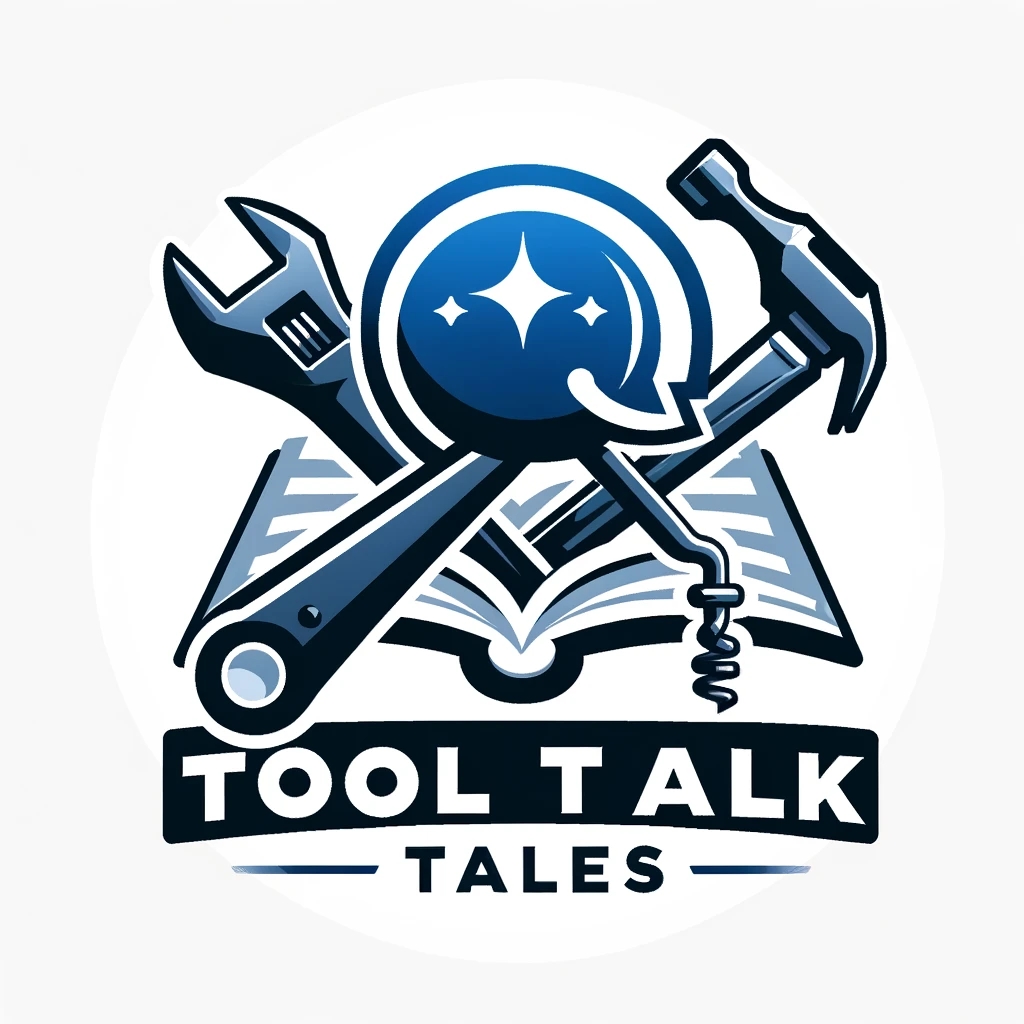Despite concrete being one of the most fundamental building materials of the modern world, it doesn’t come with hardware that’s made of it. In fact, concrete fasteners of any shape and form are made of metal. They are commonly known as concrete masonry screws or bolts since they can also be used with materials other than concrete but their primary application is blocks of concrete.
You can find concrete screw bolts used in ventilation systems, electrical installation, cable trays, fastening rails, fences, clamps, sanitary applications and more. You can’t go wrong with concrete screws in these cases unless you get the specs wrong.
Types

Pan Head
One of the most common concrete masonry screws are pan head fasteners. That’s mainly because the flat head allows you to install the fastener without the head protruding. When you need solid concrete screws in Australia that make for a flush surface then pan heads are the ones to go for.
Hex Head
A hex head concrete fastener comes with a washer and a head that has six sides hence the name. It does protrude more than a pan head fastener but it can be used in railings and metal profiles instead of channels. That’s because the design of the head makes it easier for the fastener to be driven through and tightened than a pan head screw.
Connecting Thread
With a connecting thread concrete screw, you can install items onto concrete structures like rails, pipe clamps and channels. The main goal of a connecting thread fastener is to make installation much easier especially when it comes to overhead installation.
Internal Thread
Although somewhat similar to connecting thread fasteners, internal thread fasteners are actually a great alternative to drop-ion anchors. That’s because they are great for installing items on ceilings and require very little effort to do so due to their simple design.
Countersunk
Like pan head screws, flat countersunk screws are made to be installed flush with the surface with no protrusion whatsoever. With pan head screws you get a small bit of protrusion which means flat countersunk screws are true to their purpose as they provide a completely smooth surface without any compromises.
Factors to Consider

Load Capacity
The load capacity of concrete screws in Australia refers to the amount of weight they can withstand without getting damaged or worse causing structural issues. It’s best that you consider going with a fastener that has a slightly higher load capacity than what it should have a hold of in order to stay extra safe.
Substrate
The material you’re installing concrete masonry screws into matters as well. Although concrete is the typical substrate you can use these fasteners on brick and stone too just make sure that they are capable of withstanding the burden those structures put on the fasteners.
Corrosion
An invisible threat to any fastener made of metal is corrosion. Although today’s stainless steel grades are able to withstand even the harshest of conditions, you should keep in mind that not every piece of metal is capable of doing so. As long as you have a strong enough grade steel your fasteners should be alright.
Cracked vs Non-Cracked Concrete
Just like fasteners, not all concrete structures are made the same. Cracked concrete, for instance, is that of lower member parts of a ceiling. These are not able to bear tensile loads therefore they crack. These cracks can be as wide as 0.3 mm but they’re there and in this case, you need to use fasteners made for cracked concrete otherwise they won’t be of any use no matter how strong they are.
Non-cracked concrete is able to sustain any compressive load meaning there is very few possibilities that it will crack when under pressure. Even after installing concrete fasteners, non-cracked concrete has a low chance of cracks forming.
Installing Concrete Screws

- A concrete screw may look simple but its installation process isn’t as straightforward as it may seem. Since concrete fasteners have threads you need to make a hole before you install them. For this, you need a drill and the correct size drill bit that corresponds with the fastener’s diameter.
- Once you’ve made the hole with the correct diameter and depth you then need to clean it out. A drill hole with pieces of concrete and dust in it prevents the thread of the screw from doing its thing.
- When the hole is clean just drive in the screw with what you need affixed to the concrete. This can be done with a screwdriver or an impact driver with the correct torque settings.
Conclusion
With the use of concrete screw bolts, you can expect the best fastening action on brick, concrete and stone without having to worry about their structural integrity. That is if you go for fasteners that fit the requirements of the application.

